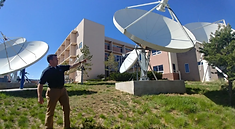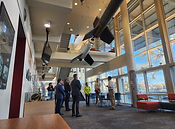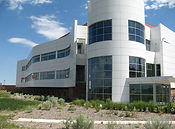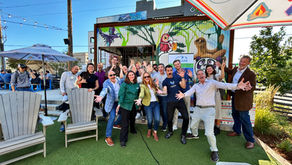CO-LABS Provides Access to the Assets in Federally Funded Labs to Support Colorado’s Innovation Industries
We connect companies, entrepreneurs, scientists, economic development experts and technologists with over 30 federally funded research labs and institutes in Colorado.
Colorado is a powerhouse of scientific discovery:
research facilities making world-changing discoveries in renewable energy, public health, extreme weather & climate change, food production, ecology, quantum computing, aerospace exploration, bioscience, transportation technologies, digital communication, national security and much more.
CO-LABS is a non-profit 501c3 with a mission to help bring their
discoveries into society as new products, new jobs and
new solutions to the world’s challenges and opportunities.
&
to strengthen our programs to
nurture our crucial research community!





CO-LABS is collecting information about the threatened or actual budget cuts, staff layoffs, and confusing or contradictory directives affecting federally funded research labs in Colorado. We are working to provide insight on the negative impacts of these swirling policy issues to our federal elected officials to help mitigate and halt the destruction of our national research ecosystem.
LATEST UPDATES FROM THE
CO-LABS NETWORK
Linked In Updates from the
CO-LABS NETWORK

PARTNERSHIP
Join forces with a thriving network of Colorado science & tech leaders.
ACCESS
Gain insights from research, innovation, and opportunities shaping the future.
IMPACT
Support initiatives that create jobs, strengthen security, and fuel economic growth.
.webp)
“CO-LABS does outstanding work for Colorado’s science community, supporting research labs that advance the frontiers of knowledge as well as sustain Colorado’s diverse economy. Its mission strengthens productive connections among research facilities and vital stakeholders across the state. I deeply appreciate the dedication of CO-LABS and look forward to continuing collaborations with this important organization.”
- Antonio J. Busalacchi
President, University Corporation for Atmospheric Research (UCAR)









